hankyoreh
Links to other country sites 다른 나라 사이트 링크
Korean cookbook boom brings work of culinary masters to global audiences
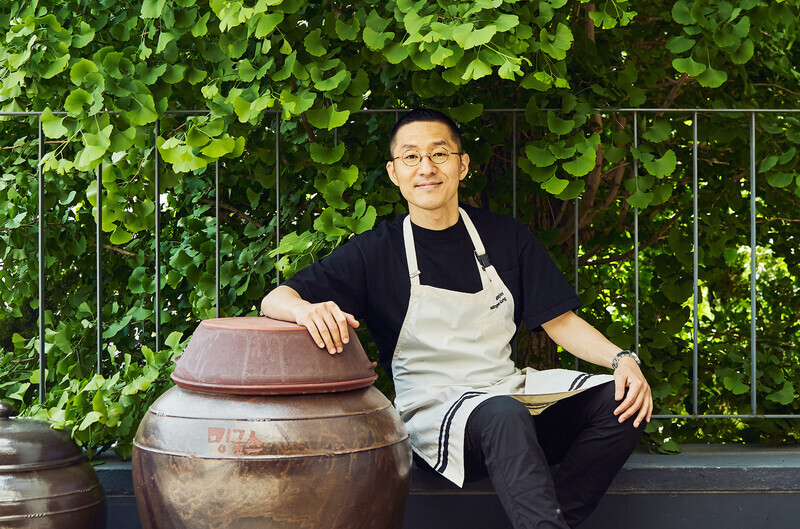
While we live in an era in which short-form videos are all the rage, there is no denying that civilization was built and cultivated by the written word.
The power of print, letters, and words enabled humanity to build a wealth of cultural heritage. The written word is an invaluable tool and asset in ensuring the spread of information and the ever-lasting influence of culture.
In this regard, the recent spate of books about Korean cuisine published overseas in English is quite encouraging.
Among the recent publications are books by Kang Min-goo, 40, the head chef of the fine-dining restaurant Mingles, Park Jung-hyun, 40, the head chef of New York-based modern Korean cuisine restaurant Atomix, and Choi Jung-yoon, 46, a researcher and head chef at Sempio Foods.
Jeong Kwan, a monk who gained worldwide recognition due to her appearance on the 2017 Netflix series “Chef’s Table,” has also published a book in Switzerland describing her culinary philosophy.
This sudden rush of English-language Korean cuisine books published overseas should be attributed to the wave of global interest in Korean cuisine.
When Google released its 2023 “Year in Search” statistics, bibimbap was its top trending recipe around the world.
A TikTok video uploaded by US-based food blogger Sarah Ahn, in which she and her mother try frozen kimbap, has garnered over 10 million views.
There are also many Hollywood stars who are fans of Korean cuisine, with Gwyneth Paltrow, Steven Yeun, Milla Jovovich, Tom Cruise, and many others expressing their love for the cuisine on social media.
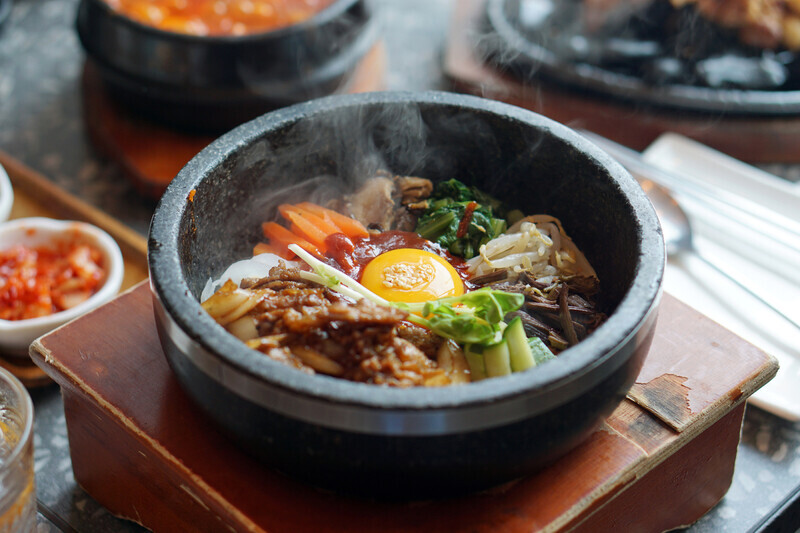
The performance of Korean food companies’ overseas sales has also been following an upward curve. Bibigo’s three selections of frozen kimbap, which entered the Japanese market in March 2023, sold more than 200,000 units within a month of its launch.
The sales of CJ CheilJedang’s frozen rice products have grown at an annual average of 22 percent over the past three years.
In 2017, the number of export countries was at seven, and now, it has reached 17, including countries like Taiwan and Vietnam.
Back-home favorites like tteokbokki, hotteok, and kimmari are also being marketed overseas as Korean street food.
Sempio is also making headway, with product planners from foreign distribution chains frequenting the company’s doors. Famous chefs around the world are vying to get their hands on Sempio’s jang (fermented sauce) products to add deep Korean flavors.
Korean cuisine has become the next hot global food trend. The Hankyoreh explored what goes into these English-language Korean cuisine books that are being published in this context.

Chef Kang Min-goo’s upcoming book, which will be released in March, is titled “Jang: The Soul of Korean Cooking.”
Kang has received two Michelin stars during his 10-year run at Mingles. His eatery has also been ranked among Asia’s 50 Best Restaurants, the Asian edition of the World’s 50 Best Restaurants, a prestigious awards program comparable to the Michelin Guide.
His co-authors include New York-based food writer Joshua David Stein and food journalist Nadia Cho, who has written food columns for Bon Appetit and Food & Wine, as well as having worked on the Jeong Kwan episode of “Chef’s Table.”
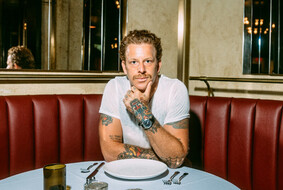
In an interview with the Hankyoreh, Kang stated that the book was borne from several questions: What exactly is Korean ‘jang?’ What makes it different from Japanese miso? How should we eat jang? How can we utilize jang in Western cuisine?
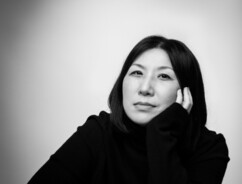
Kang said that the opportunity to put out his book on the sauces fundamental to Korean cuisine came in part due to the worldwide interest in Korean culture and cuisine.
“It was tough during the COVID-19 pandemic. Mingles is usually frequented by foreign customers, but it was virtually impossible for them to come,” the chef told the Hankyoreh. “While I was worried, this also motivated me to think about various ways I could promote Korean cuisine in a fun way.”
Unlike other chefs, Kang couldn’t see himself making YouTube videos. As he wanted to “promote Korean cuisine and food philosophy through books,” he wrote a sample and proposal and sent it out to many US publishers.
“I didn’t have high hopes, but a lot of publishers got back to me,” he said.
Kang ultimately chose the publisher Artisan, an imprint of Hachette Book Group. “Artisan only publishes four to six books a year. They are even more meticulous when it comes to cookbooks, as they only publish around two,” Kang said. “I was happy to choose to work with them.”
The company has also published books by such figures as René Redzepi, the head chef of the Danish restaurant Noma, and the American chef Thomas Keller.
For four years, Kang traveled around Korea with his co-authors to learn about different forms of fermented food, including soy sauce, doenjang (fermented soybean paste), and gochujang (fermented red chili paste). Meeting with master practitioners in such places as Jeju, Sunchang, Gochang, Cheongsong, Osong and Boeun, he bore witness to the superb values of Korean sauces and pastes.
“I felt like to gain a true understanding of Korean food, I needed to organize accurate information and terminology in terms of the different ‘jang,’” he said.

The book begins with a message of thanks to two matriarchs of Korean cuisine. After originally studying Western cooking, Kang learned about Korean cooking from the Buddhist monk Jeong Kwan and chef Cho Hee-sook, who has been described as the “godmother of Korean cuisine.”
The book includes recipes for dishes served by Kang at Mingles, as well as his own takes on family Korean dishes such as mandu jeongol (dumpling hot pot) and tteokgalbi (grilled short rib patties).
Some of the more striking recipes included are for “doenjang vanilla crème brûlée,” “ganjang granola yogurt,” “gochujang pulled pork sandwich,” and “gochujang chocolate mousse.” The unusual combinations of ingredients are certain to pique readers’ curiosity.
Kang said he put particular effort into the chapter with recipes for “light mat-ganjang” and “dark mat-ganjang,” which involve combining jang in different ratios. He explained that he is “already feeling excited and nervous” about upcoming events in New York and other US cities to coincide with the book’s publication in March.
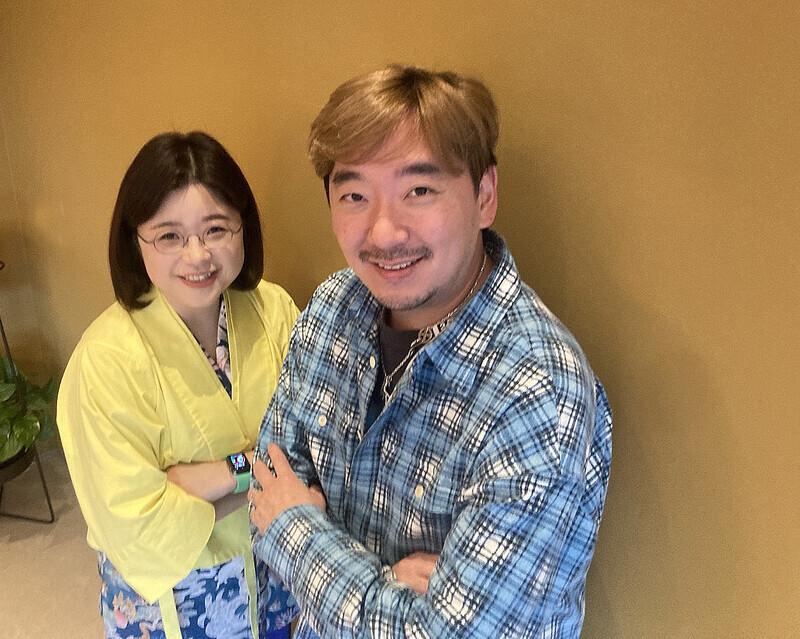
“The Korean Cookbook,” which was published in New York last October, has also drawn attention, including a write-up in The New York Times upon its publication. It was released by Phaidon, which is one of the US’ leading publishers of art books. The authors are chefs Park Jung-hyun and Choi Jung-yoon.
Park is a rising star on the global culinary scene, earning two Michelin Guide stars for the restaurant Atomix — which he opened six years ago in New York, an intense battleground when it comes to cuisine — and winning eighth-place honors on a 2023 list of the World’s 50 Best Restaurants.
Choi cut her teeth at Spain’s Alicia Foundation, among other places. Since 2010, she has been heading a Korean food research team for Sempio Foods.
Meeting with the Hankyoreh last October, Park said the authors “put the book together from the perspective that we needed to share a version of miyeokguk [seaweed soup] that would be simple to follow — one that ‘home-cooking’ foreigners in particular could learn easily — rather than necessarily the ‘best’ miyeokguk.”
“There’s been growing curiosity about Korean food, but the US doesn’t really have much in terms of books or channels to answer people’s questions,” he explained.
“There are lot of people who consume [Korean food] through eye-watering mukbangs of things like spicy ramyeon,” Park said, “even though there are a lot of Korean dishes that are on the blander side.”
Choi said, “One of the reasons foreigners fail to get the full Korean food experience is because they don’t understand how to eat it.”
“Kimchi gives an entirely different flavor experience depending on if you eat it by itself, eat it on rice, or wrap it in something else,” she explained.
“With our recipes, we tried to include guides for how to eat them right,” she added.

The two authors have enjoyed an 18-year friendship since meeting at a chefs’ gathering while Park was a university student. They spent the last three years focusing on putting their book together.
The huge 496-page book is packed with around 350 recipes for Korean cuisine. It also includes brief histories of Korean food, information about the value of fermented dishes, and stories from the lives of various master practitioners, including the kimchi artisan Park Kwang-hee.
Another standout feature is the inclusion of phonetic renderings of the dishes’ names: mung bean pancakes are presented as “nokdu buchimgae” and fried spring vegetables as “namul twigim.”
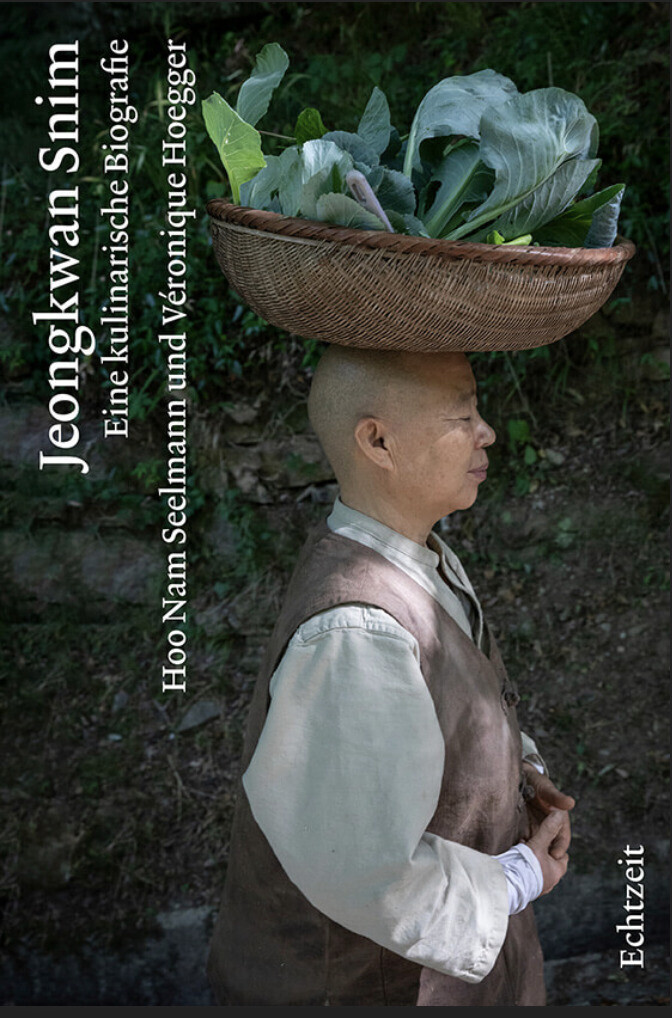
Also published recently in Switzerland was “Jeongkwan Snim: A Culinary Biography with Recipes,” which includes recipes and dollops of food philosophy from Buddhist monk Jeong Kwan, a master of temple cuisine.
The author is Hoo Nam Seelmann, a Korean journalist and doctor of philosophy who resides in Switzerland, where she has long worked to raise awareness of Korean culture. The thick 464-page book includes simple temple food recipes and associated stories.
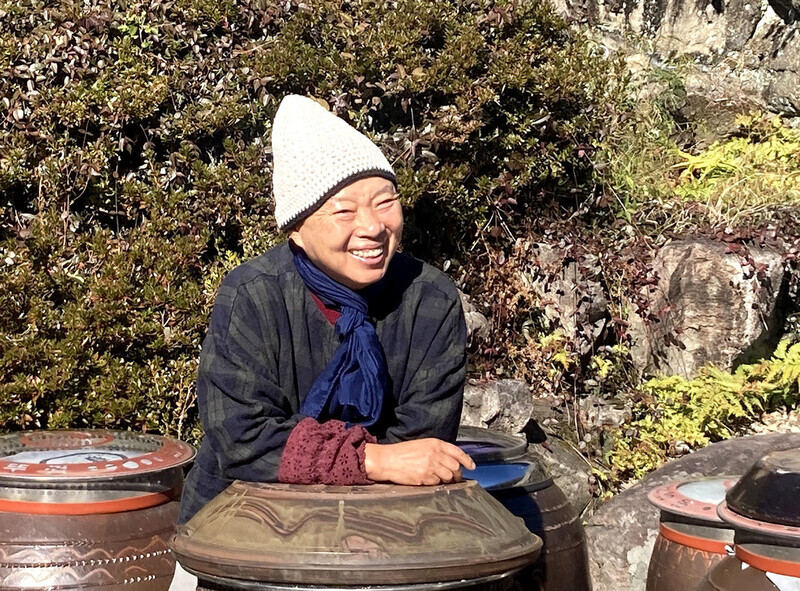
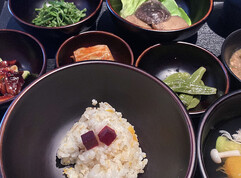
Jeong Kwan spoke about the publication’s significance at a November gala dinner hosted by Jangseong County — home to her Cheonjin Hermitage — at Hancook, a restaurant on the third floor of the N Seoul Tower observatory in the country’s capital.
“Through this book, the values and practice of temple food will be shared [with the world] as a form of cultivation and philosophy for saving people and looking after the Earth’s environment,” she explained.
By Park Mee-hyang, staff reporter
Please direct questions or comments to [english@hani.co.kr]

Editorial・opinion
![[Column] Season 2 of special prosecutor probe may be coming to Korea soon [Column] Season 2 of special prosecutor probe may be coming to Korea soon](https://flexible.img.hani.co.kr/flexible/normal/500/300/imgdb/original/2024/0426/3317141030699447.jpg) [Column] Season 2 of special prosecutor probe may be coming to Korea soon
[Column] Season 2 of special prosecutor probe may be coming to Korea soon![[Column] Park Geun-hye déjà vu in Yoon Suk-yeol [Column] Park Geun-hye déjà vu in Yoon Suk-yeol](https://flexible.img.hani.co.kr/flexible/normal/500/300/imgdb/original/2024/0424/651713945113788.jpg) [Column] Park Geun-hye déjà vu in Yoon Suk-yeol
[Column] Park Geun-hye déjà vu in Yoon Suk-yeol- [Editorial] New weight of N. Korea’s nuclear threats makes dialogue all the more urgent
- [Guest essay] The real reason Korea’s new right wants to dub Rhee a founding father
- [Column] ‘Choson’: Is it time we start referring to N. Korea in its own terms?
- [Editorial] Japan’s rewriting of history with Korea has gone too far
- [Column] The president’s questionable capacity for dialogue
- [Column] Are chaebol firms just pizza pies for families to divvy up as they please?
- [Column] Has Korea, too, crossed the Rubicon on China?
- [Correspondent’s column] In Japan’s alliance with US, echoes of its past alliances with UK
Most viewed articles
- 1AI is catching up with humans at a ‘shocking’ rate
- 2Korea’s 1.3% growth in Q1 signals ‘textbook’ return to growth, says government
- 3No good, very bad game for Korea puts it out of Olympics for first time since 1988
- 4[Column] Park Geun-hye déjà vu in Yoon Suk-yeol
- 5[Column] Season 2 of special prosecutor probe may be coming to Korea soon
- 6Division commander ordered troops to enter raging flood waters before Marine died, survivor says
- 7Is Japan about to snatch control of Line messenger from Korea’s Naver?
- 8After election rout, Yoon’s left with 3 choices for dealing with the opposition
- 9Will NewJeans end up collateral damage in internal feud at K-pop juggernaut Hybe?
- 10Marriages nosedived 40% over last 10 years in Korea, a factor in low birth rate